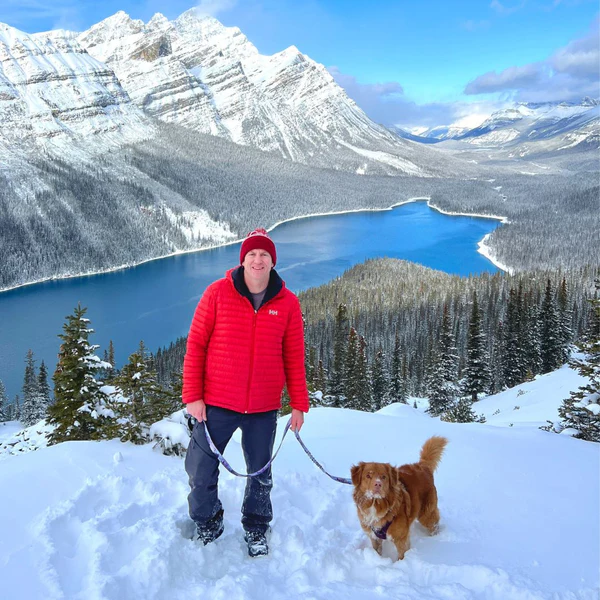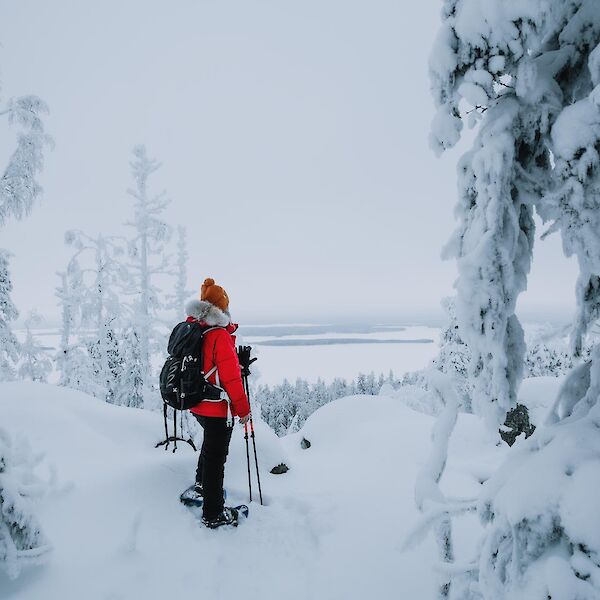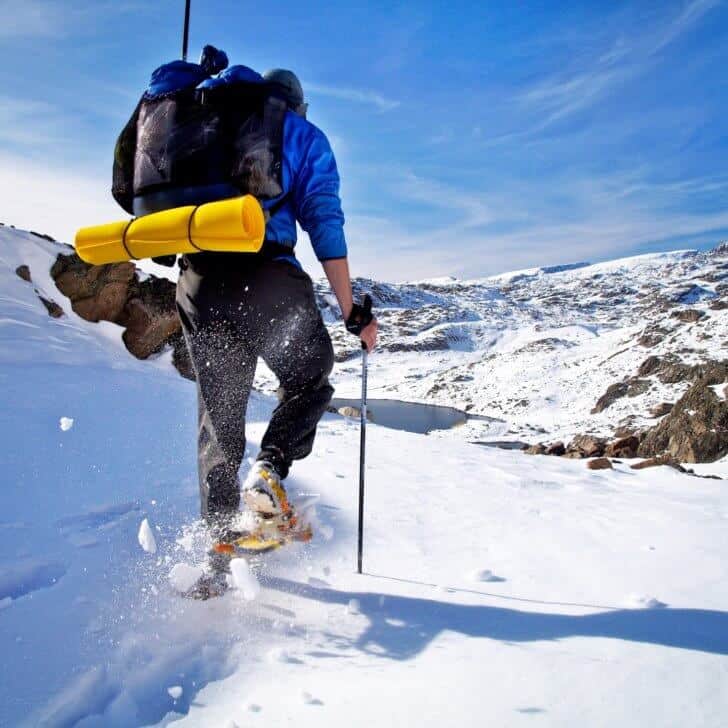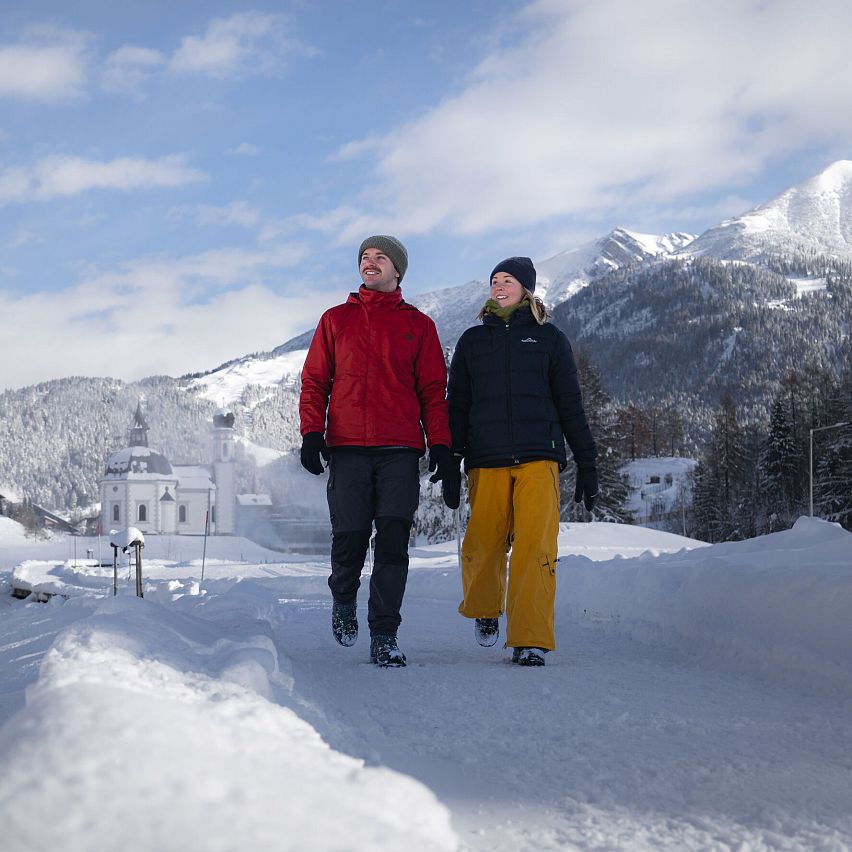I. Introduction

A. The Allure of Snowy Hiking Adventures
Embarking on a snowy hiking adventure offers a unique and breathtaking experience. The serene beauty of snow-covered landscapes, the crispness of the wintry air, and the sense of quietude that comes with trekking through a snow-laden trail are all deeply alluring. Snowy hiking excursions provide an opportunity to witness nature’s transformation under a blanket of snow, creating a magical and serene ambiance that captivates outdoor enthusiasts.
B. Brief Overview of the Content
This comprehensive guide is designed to equip hikers with essential knowledge and insights for a safe and enjoyable snowy hiking adventure. From thorough preparation and understanding the challenges posed by snowy terrain to mastering the techniques for efficient and safe movement, this guide will cover everything needed for a successful and fulfilling snow hiking experience.
II. Preparing for a Snowy Hike
A. Checking Weather Conditions and Trail Status
Before setting out on a snowy hike, it is vital to understand the impact of weather conditions on the trail and hiking experience. This section will delve into the significance of checking weather forecasts and trail reports, providing strategies for evaluating snow conditions and assessing potential risks associated with changing weather patterns. By monitoring weather conditions and trail status, hikers can make informed decisions and prepare for the challenges and opportunities presented by wintry landscapes.
B. Essential Gear and Clothing for Snow Hiking
Proper gear and clothing are essential for safety and comfort during snowy hiking adventures. This segment will explore the indispensable equipment required for a successful snow hike, encompassing insulated and waterproof footwear, layering clothing to regulate body temperature, and essential accessories such as hats, gloves, and snow goggles. Additionally, the discussion will highlight the importance of carrying additional gear such as trekking poles, headlamps, and navigation tools to ensure preparedness for wintry conditions.
C. Safety Precautions and Emergency Preparedness
Effective safety precautions and emergency preparedness are paramount for snowy hiking adventures. This section will cover essential safety measures and emergency preparedness strategies, including carrying a well-stocked first aid kit, survival gear, and communication devices. Additionally, it will emphasize the importance of avalanche awareness, navigation skills, and developing a comprehensive trip plan. Understanding and implementing safety precautions and emergency preparedness measures are critical for mitigating risks and ensuring a safe and enjoyable snowy hiking experience.
By adequately preparing for a snowy hike, understanding the impact of weather conditions, ensuring the right gear and clothing, and prioritizing safety precautions and emergency preparedness, hikers can embark on their snowy adventures with confidence, ensuring a safe, enjoyable, and rewarding outdoor experience.

A. Understanding the Effects of Snow on Terrain and Visibility
Snow significantly alters the characteristics of a trail and can pose challenges for hikers. Hiking in snow requires an understanding of how the different types of snow, such as fresh powder, packed snow, or icy patches, affect terrain and hiking conditions. In addition, snow can obscure trail markers, alter familiar landmarks, and create potential hazards such as hidden obstacles. It’s vital for hikers to be mindful of how snow may modify the landscape and impact visibility.
Navigating in snowy conditions demands a comprehensive understanding of using navigation tools and effective route planning. Hikers should be proficient in using maps, compasses, and GPS devices, particularly when trail markers are obscured by snow. It is crucial to plan routes considering snowpack stability, current weather conditions, and potential avalanche terrain. Understanding how to interpret these tools and plan routes based on snow-induced changes is crucial for safe and efficient navigation.
C. Assessing Avalanche Risks and Safety Measures
In snowy mountainous regions, hikers face potential avalanche risks, necessitating a careful assessment and understanding of these hazards. Hikers should be aware of avalanche terrain, recognize signs of instability, and understand how to minimize the risk of triggering an avalanche. Additionally, knowledge of essential safety measures, such as carrying avalanche safety gear, recognizing and avoiding avalanche slopes, and knowing how to respond in the event of an avalanche, is vital for hikers navigating snowy terrain, particularly in mountainous regions.
IV. Techniques for Snow Hiking
A. Proper Footwear and Traction Devices

Choosing appropriate footwear and traction devices is crucial for safe and comfortable winter hiking. This section will delve into the types of insulated and waterproof boots that are suitable for snow hiking. And the importance of traction devices such as microspikes or crampons for maintaining stability and grip on slippery. It will also cover factors to consider when selecting snow hiking boots and the advantages of various traction devices for different types of snowy terrain.
B. Tips for Efficient Movement and Energy Conservation
Snow hiking demands efficient movement and conservation of energy, especially in challenging conditions. This part of the blog post will explore strategies for conserving energy during snow hiking, such as selecting efficient movement patterns like the glissade or kick-stepping to minimize effort and progress steadily. It will also cover pacing, use of trekking poles, appropriate layering to regulate body temperature, and hydration and nutrition management to sustain energy levels in cold weather conditions.
C. Techniques for Negotiating Snowy Terrain and Obstacles
Navigating snowy terrain and overcoming obstacles is essential for successful snow hiking. This section will focus on specific techniques for moving through snowy environments, including postholing techniques for deep snow, traversing slopes, and managing various snow conditions. It will also address approaches for crossing snow bridges, dealing with obstacles such as fallen trees or ice. And recognizing signs of potential hazards like hidden crevasses, providing hikers with the skills to navigate varied snowy landscapes safely.
V. Winter Wilderness Etiquette
A. Leave No Trace Principles in Snowy Environments
Understanding and adhering to Leave No Trace principles are essential for minimizing the environmental impact of winter wilderness exploration. This section will cover specific strategies for minimizing environmental impact in snowy environments, such as properly disposing of waste and human waste in snow, minimizing trail erosion, and respecting the delicate balance of winter ecosystems. Additionally, tips for minimizing campfire impacts and respecting local regulations regarding winter outdoor activities will also be discussed.
B. Wildlife Awareness and Adaptation to Winter Habitats
Hiking in snowy environments often brings encounters with wildlife that have adapted to winter conditions. It is crucial for hikers to have an understanding of the behaviors and habitats of wildlife in winter conditions. This section will provide guidelines for wildlife observation and interaction, with a focus on maintaining a safe distance and respecting natural habitats. Additionally, it will cover the importance of minimizing disturbance to wildlife during winter, especially when they are conserving energy and resources.
C. Respect for Fellow Hikers and Winter Outdoor Enthusiasts
Winter wilderness etiquette also involves respect for fellow hikers and outdoor enthusiasts. It will cover strategies for minimizing trail congestion, proper trail courtesy, and cooperative behavior to ensure a safer experience for all. This can include maintaining awareness of trail conditions, yielding to other hikers, and assisting fellow enthusiasts when needed. Additionally, consideration for the impact of winter sports activities on shared trails, such as snowshoeing, skiing, and hiking, will be discussed.
The winter wilderness etiquette section will provide hikers with a comprehensive understanding of how to responsibly interact with the environment, wildlife, and other outdoor enthusiasts in snowy environments. This knowledge will ensure that hikers not only experience the beauty of winter wilderness but also actively contribute to its preservation and the enjoyment of others.
